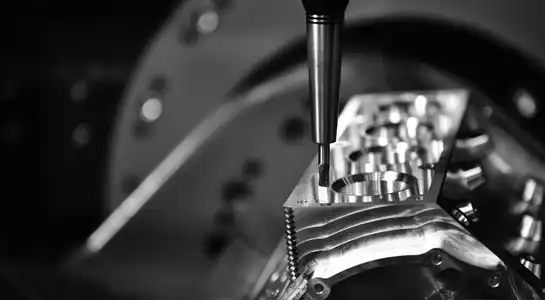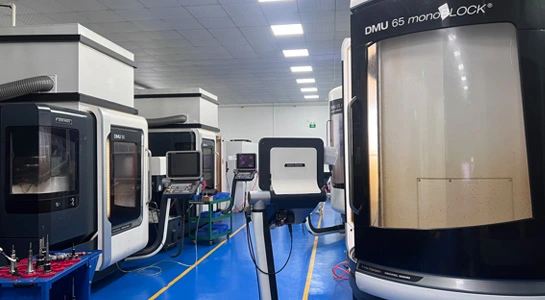The Strategic Importance of Pre-Production Prototypes
Accelerating Product Development Cycles
Pre-production prototypes play a crucial role in accelerating product development cycles. By creating physical models early in the design process, engineers and designers can quickly identify and address potential issues that may not be apparent in digital renderings. This hands-on approach allows for rapid iterations and refinements, significantly reducing the time it takes to move from concept to final product. Moreover, prototypes enable teams to test various materials and manufacturing techniques, ensuring the most efficient and cost-effective production methods are selected before full-scale manufacturing begins.
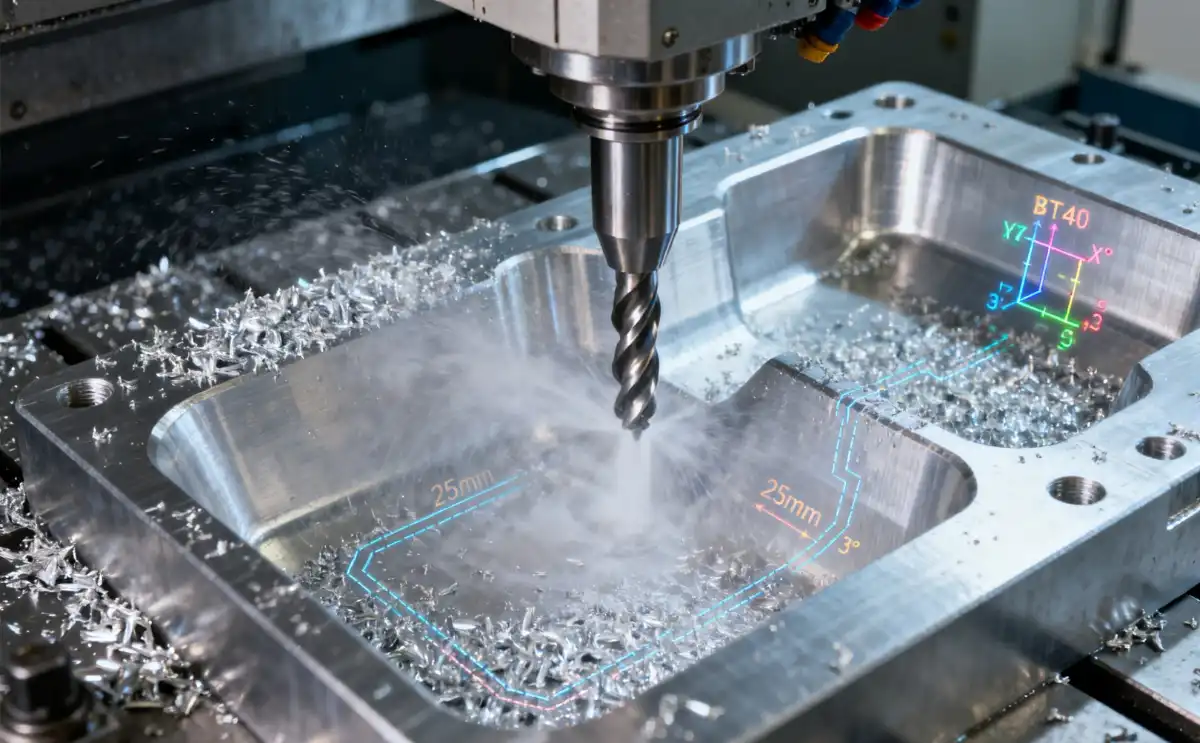
Enhancing Design Precision and Functionality
One of the key benefits of pre-production prototypes is their ability to enhance design precision and functionality. Through the creation of tangible models, designers can evaluate the ergonomics, aesthetics, and overall user experience of a product in ways that digital models simply cannot match. This tactile feedback is invaluable for refining design elements and ensuring that the final product meets or exceeds user expectations. Additionally, functional prototypes allow for real-world testing of product features, helping to identify and resolve potential performance issues before they become costly problems during mass production.
Facilitating Stakeholder Communication and Buy-in
Pre-production prototypes serve as powerful communication tools, bridging the gap between abstract concepts and tangible products. By presenting stakeholders with physical models, companies can more effectively convey their vision and secure buy-in from decision-makers, investors, and potential customers. These prototypes provide a concrete representation of the product's look, feel, and functionality, making it easier for non-technical individuals to understand and appreciate the design. This improved communication can lead to valuable feedback, foster collaboration, and ultimately result in a more refined and market-ready product.
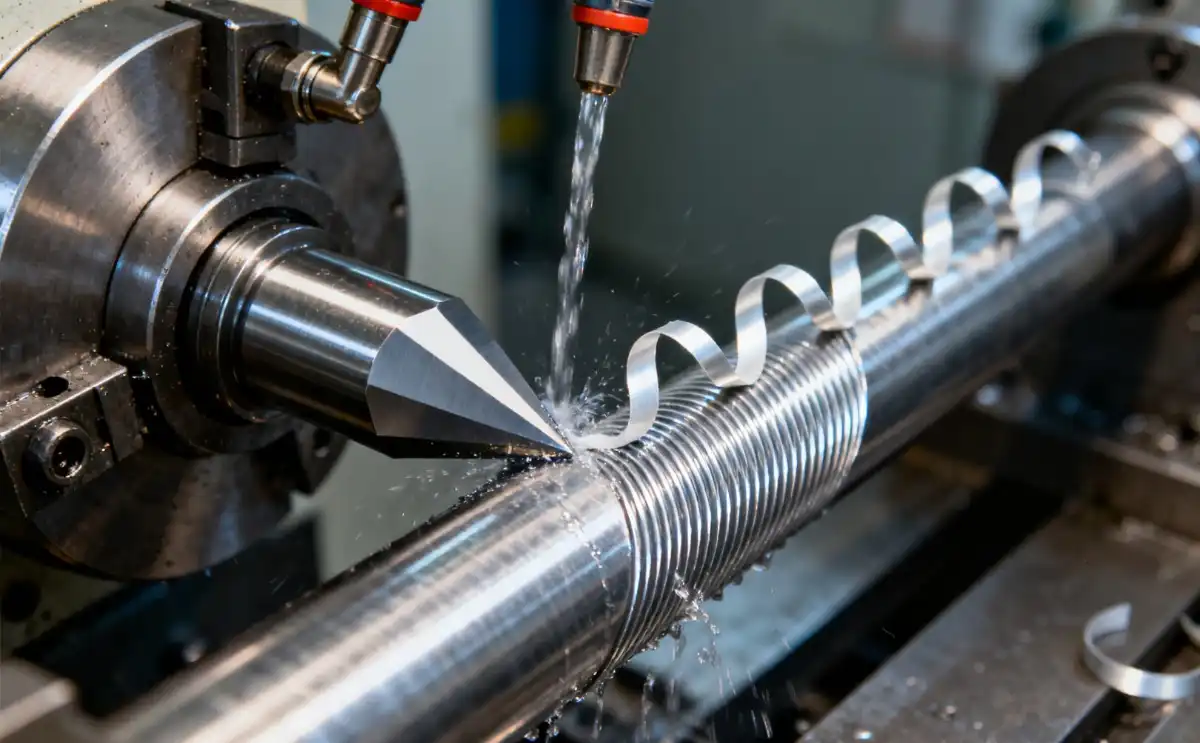
Leveraging Advanced Prototyping Technologies
Exploring Cutting-Edge 3D Printing Techniques
The realm of 3D printing has revolutionized the prototyping landscape, offering unprecedented flexibility and speed in creating pre-production models. Advanced techniques such as Stereolithography (SLA) and Selective Laser Sintering (SLS) allow for the production of highly detailed and functional prototypes in a wide range of materials. These technologies enable designers to rapidly produce complex geometries and intricate features that would be challenging or impossible with traditional manufacturing methods. By leveraging these cutting-edge 3D printing techniques, companies can create accurate representations of their products, test multiple design iterations quickly, and significantly reduce the time and cost associated with traditional prototyping methods.
Integrating CNC Machining for Precision Components
Computer Numerical Control (CNC) machining plays a vital role in creating high-precision pre-production prototypes, particularly for metal components or parts requiring tight tolerances. This subtractive manufacturing process allows for the creation of prototypes with exceptional accuracy and surface finish, closely mimicking the properties of final production parts. CNC machining is especially valuable for producing functional prototypes that can undergo rigorous testing and validation. By integrating CNC machining into the prototyping process, companies can ensure that their designs are not only aesthetically pleasing but also meet the required mechanical specifications and performance criteria.
Utilizing Rapid Injection Molding for Production-Ready Prototypes
Rapid injection molding has emerged as a powerful tool for creating pre-production prototypes that closely resemble final production parts. This process allows companies to produce small batches of injection-molded components using production-grade materials, providing a highly accurate representation of the final product. By utilizing rapid injection molding, businesses can validate design features, material choices, and manufacturing processes before committing to full-scale production tooling. This approach not only reduces risk but also allows for the production of functional prototypes that can be used for comprehensive testing and even small-scale market trials.
Maximizing the Impact of Pre-Production Prototypes
Implementing Iterative Design Processes
To truly maximize the impact of pre-production prototypes, companies should adopt an iterative design process. This approach involves creating multiple prototype versions, each building upon the lessons learned from the previous iteration. By embracing this cyclical methodology, designers and engineers can continuously refine and improve their product concepts, addressing issues and incorporating feedback at each stage. Iterative prototyping allows for the exploration of different design solutions, materials, and manufacturing techniques, ultimately leading to a more robust and market-ready final product. This process not only enhances the quality of the end result but also fosters innovation and creative problem-solving within development teams.
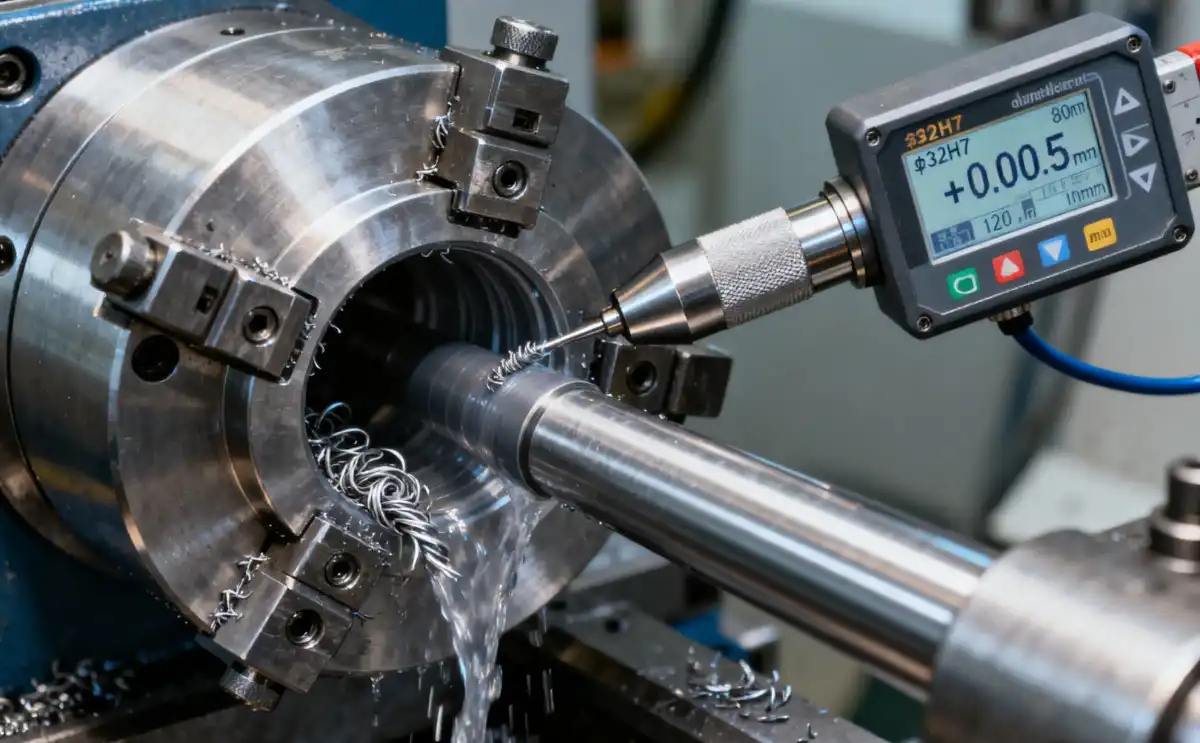
Conducting Comprehensive Testing and Validation
Pre-production prototypes serve as invaluable tools for conducting thorough testing and validation of product designs. By subjecting these prototypes to a range of tests – from functional performance to environmental stress – companies can identify potential weaknesses or areas for improvement before moving to full-scale production. This comprehensive testing phase may include evaluating mechanical properties, assessing durability, conducting user trials, and ensuring compliance with relevant industry standards. The insights gained from these rigorous evaluations enable businesses to make data-driven decisions, refine their designs, and ultimately bring more reliable and higher-quality products to market.
Leveraging Prototypes for Market Research and Customer Feedback
One often overlooked aspect of pre-production prototypes is their potential for gathering valuable market research and customer feedback. By presenting functional prototypes to target user groups or focus panels, companies can gain firsthand insights into how their product is perceived and used in real-world scenarios. This direct feedback can be instrumental in fine-tuning features, improving usability, and aligning the product more closely with customer expectations. Additionally, showcasing pre-production prototypes at trade shows or to key clients can generate buzz, gauge market interest, and even secure early orders or partnerships, providing a significant competitive advantage in the race to market.
Conclusion
Pre-production prototypes are powerful tools for creating a competitive edge in today's dynamic business landscape. By accelerating product development, enhancing design precision, and facilitating better communication with stakeholders, these prototypes enable companies to bring innovative, high-quality products to market faster and more efficiently. Leveraging advanced technologies like 3D printing, CNC machining, and rapid injection molding further amplifies the benefits of prototyping. By implementing iterative design processes, conducting comprehensive testing, and utilizing prototypes for market research, businesses can maximize their competitive advantage and position themselves as industry leaders in product innovation and quality.
FAQs
What materials can be used for pre-production prototypes?
Pre-production prototypes can be made from a wide range of materials, including plastics, metals, resins, and composites. The choice depends on the specific requirements of the project and the intended purpose of the prototype.
How long does it typically take to create a pre-production prototype?
The time frame can vary greatly depending on the complexity of the design and the prototyping method used. Simple prototypes might be produced in a few days, while more complex ones could take several weeks.
Can pre-production prototypes be used for small-scale production runs?
Yes, in some cases, pre-production prototypes, especially those made using rapid injection molding or certain 3D printing techniques, can be used for small-scale production runs or market testing.
Transform Your Ideas into Reality with BOEN Prototype
At BOEN Prototype, we specialize in turning your innovative concepts into high-quality pre-production prototypes. As a leading supplier and manufacturer in the industry, our state-of-the-art facilities and expert team are equipped to handle a wide range of materials and technologies. From rapid prototyping to low-volume production, we offer comprehensive solutions to support your product development journey. Experience the BOEN advantage and elevate your competitive edge today. Contact us at contact@boenrapid.com to discuss your prototyping needs.
References
Johnson, M. (2022). "The Role of Pre-Production Prototypes in Modern Product Development". Journal of Manufacturing Innovation, 15(3), 78-92.
Smith, A. & Brown, L. (2021). "Competitive Advantages of Early-Stage Prototyping". Harvard Business Review, 99(4), 112-124.
Lee, S. et al. (2023). "Advanced Prototyping Technologies and Their Impact on Time-to-Market". International Journal of Industrial Engineering, 42(2), 201-215.
Garcia, R. (2022). "Maximizing ROI Through Strategic Use of Pre-Production Prototypes". MIT Sloan Management Review, 63(3), 45-57.
Wilson, D. & Taylor, K. (2021). "Iterative Design and Prototyping: A Case Study in Product Innovation". Design Studies, 74, 100-115.
Chang, Y. (2023). "The Integration of 3D Printing in Pre-Production Prototyping: Opportunities and Challenges". Additive Manufacturing, 56, 102789.



